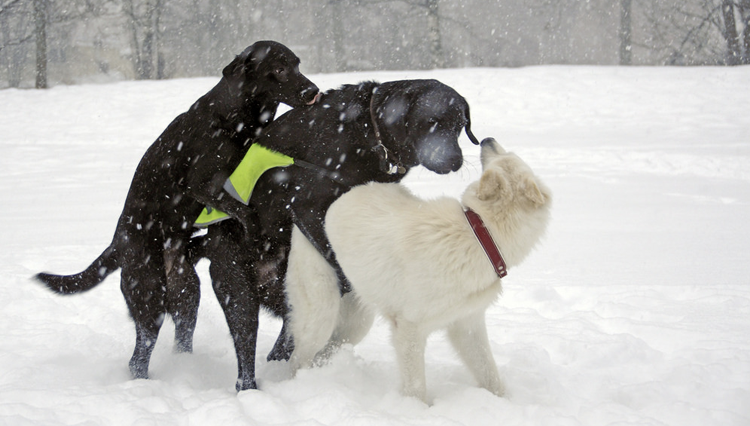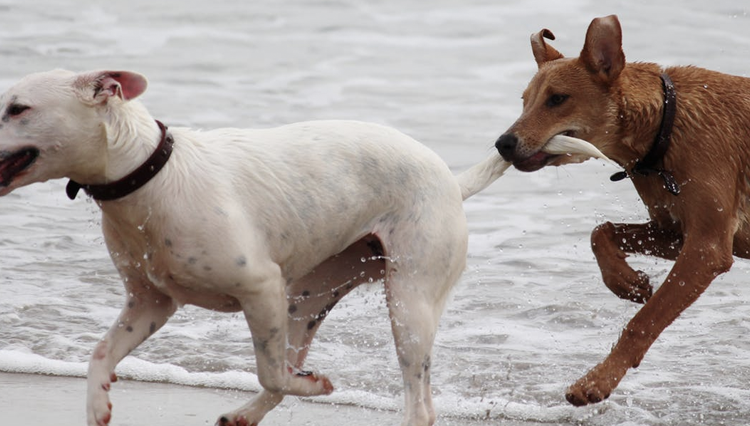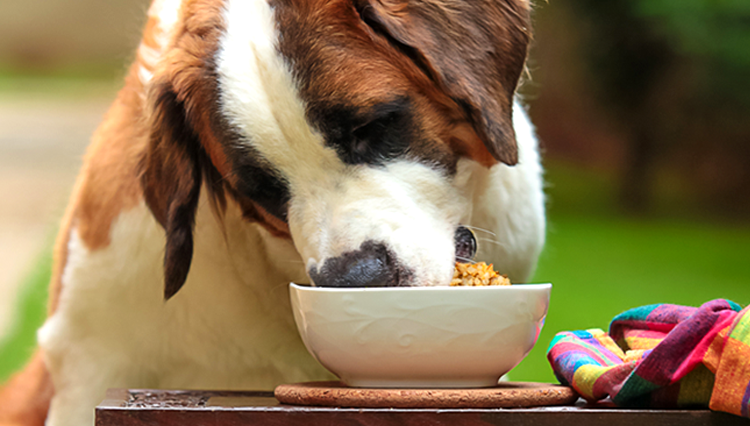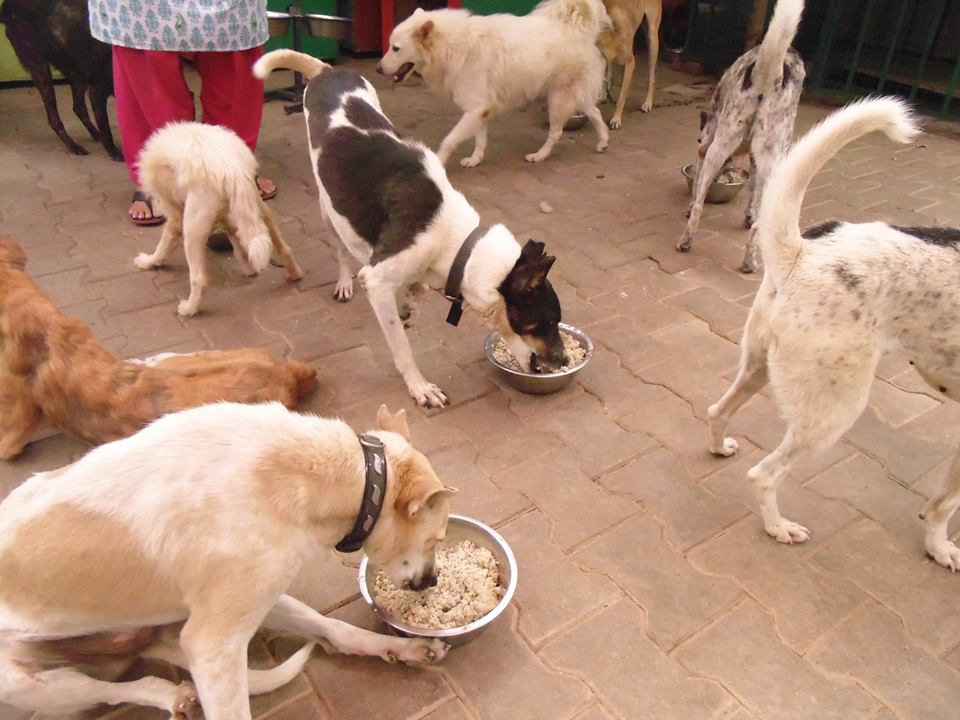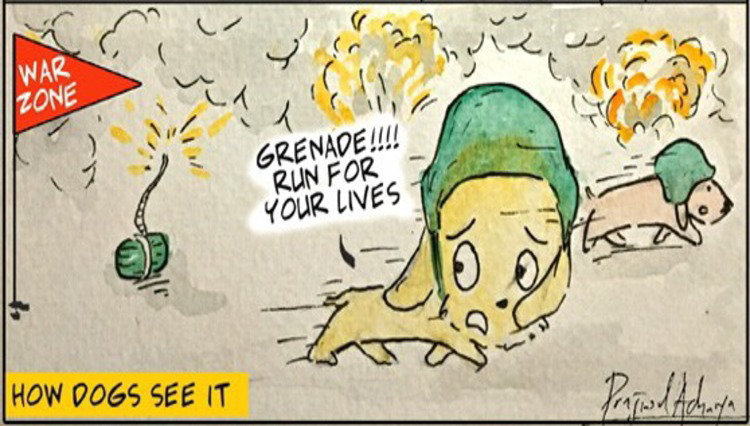My dog Xena, a Miniature Pinscher, always knows when my daughter’s school van is going to come. She nudges my little girl to get her bag and walks her to the van. Xena also wakes up from her afternoon nap and settles near the gate knowing the right time the school van comes to receive her!
We all know that dogs have special abilities and knowing when their owners are coming home is one of them. In fact, surveys done on 45 percent of dog owners in England and California have noticed the ability of dogs knowing their owner’s arrival 5 minutes before they reach home. But how do dogs know when their owners are coming home?
The vehicle’s make and model
Dogs have a wonderful sense of hearing and smell. They will know the sound that your car or bike makes. So, they hear you approach the house, stop your vehicle and open the door to enter your home. Hence, through associative learning they will learn to club the events and know of your arrival. This is how dogs are able to predict their owner’s arrival 5 or 10 minutes in advance.
Dogs suffering from separation anxiety will know exactly when their owners are due to leave their home and start to get nervous as soon as they see them getting ready.
The amazing sniffer
Dogs have a strong sense of smell so it is not really surprising that they can smell their owners as they are coming home. Dogs know the smell of their owners very well. Their scent lingers long after they leave home and gradually diminishes over the course of the day only to return back strongly when they arrive home. So, dogs learn to associate their owner’s arrival through their strong sense of smell.
Others reaction
As we know that dogs pick cues from the environment so it does not come as a complete surprise to know that they can pick up pre-arrival signs by noticing the changes in people around them. So, if your spouse is due home anytime you will be making a nice cup of tea for them along with getting dinner ready. Dogs are always watching things around them so if he notices you doing these things they will know that its time for your spouse to come home.
Perception of time
Dogs will not be able to tell the time by looking at the clock but they are very attuned to their inner biological clock. If you come home always at the same time, your dog will depend on their circadian rhythm to predict when you are going to coming home.
Psychic or telepathic powers
Lastly, some things cannot be explained by science and involves philosophy and spirituality. Dogs do have psychic powers or the sixth sense according to a research conducted by Rupert Sheldrake and Pamela Smart. Rupert Sheldrake, a British author and biologist, stated that there is a strong connection between humans and animals that go beyond scientific understanding.
Since a dog is a man’s best friend it’s nice to know that you always have a four-legged buddy waiting for you to come back home to them!


